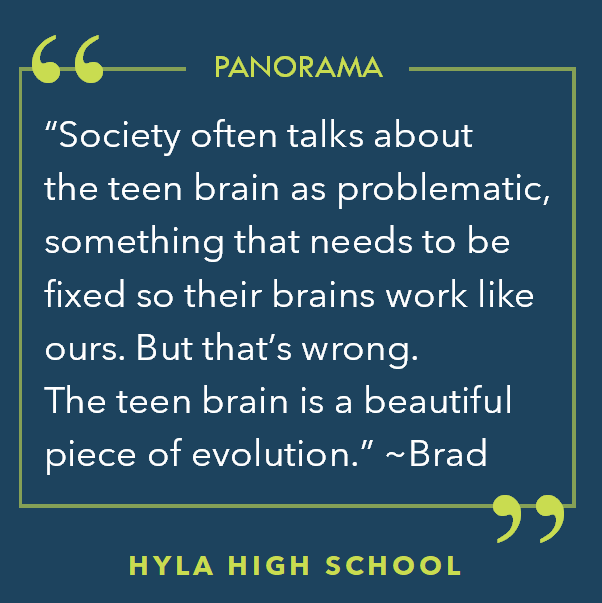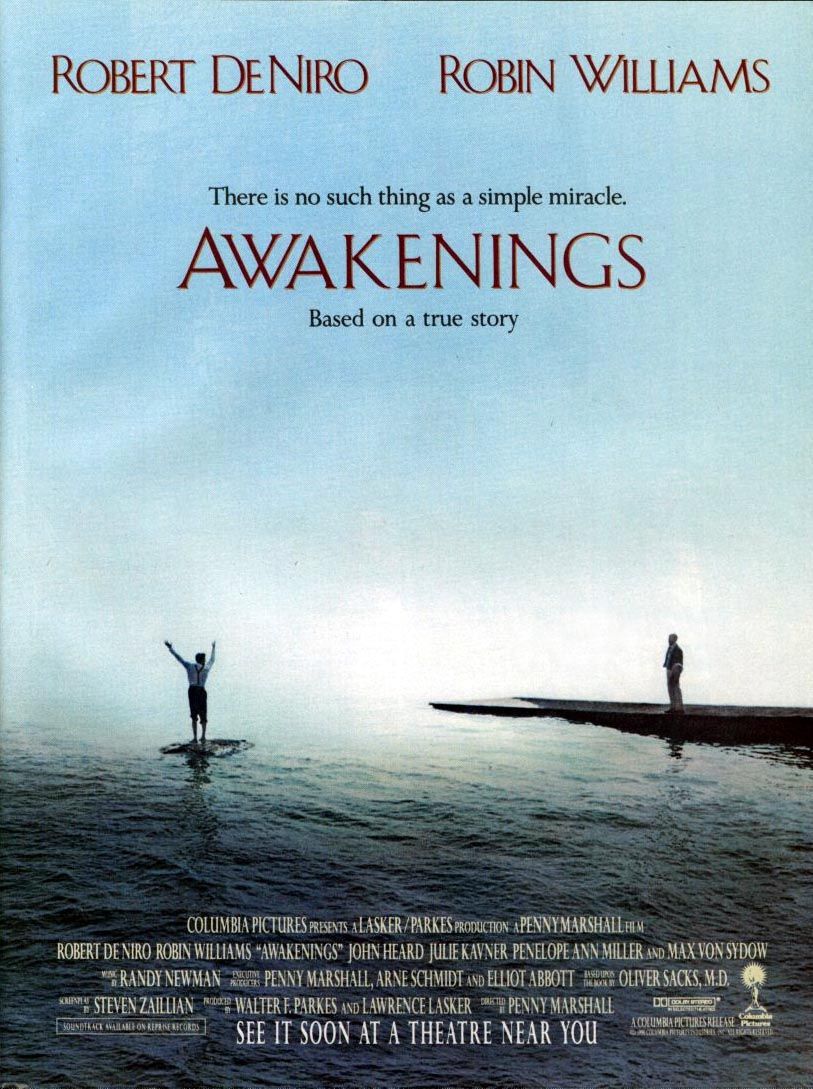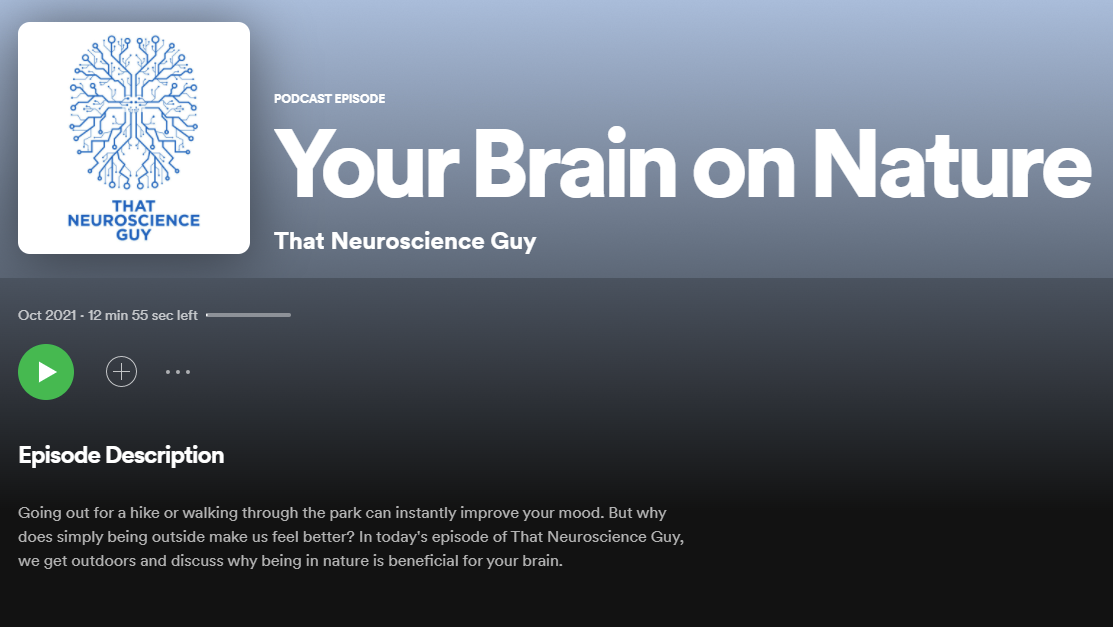Panorama
The Teen Brain: A User's Manual
A man walks into a bar. He gets into a fight, suffers brain damage, and becomes an "acquired savant." That’s a true story about a man from Tacoma. How does that even happen? Well, you have to know a thing or two about the brain to truly appreciate the fascinating case studies from the annals of neuroscience, many of which we know about thanks to the ground-breaking work and deeply human storytelling of Dr. Oliver Sacks, who wrote beautifully about cases like prosopagnosia, blindsight, visual neglect, and left temporal lobe stroke. Inspired by these real-life stories, students were motivated to tackle the complex concepts and language of neuroanatomy. This panorama began with stories, clay modeling, and a brain dissection lab to set the stage for 3 weeks of study allowing students to create their own user's manual for the unique stage of brain development they are experiencing.

But first: let’s get this straight
This Panorama had no time for snarky cultural attitudes about the teen brain. Instead, Brad designed this course as an “appreciative inquiry approach” to explore the teen brain through admiration (not denigration). From a place of respect, this Panorama sought to truly understand the teen brain and what Brad calls its “astonishing strengths and its unique character and ability.” Brad created a course that allows students to better understand the role of brain function in their own emotional, perceptual, and intellectual lives. “The goal is to build students’ sense of empowerment as learners,” explains Brad, “and as fully functioning, contributing members of a diverse society.” This fundamental positivity encouraged students to incorporate new knowledge into their daily lives through activities like meditation, weightlifting, and nature hikes. With new information in hand, students had the chance to try new things, reflect on those experiences, and practice the art and science of habit building.
What did students study?
They studied nutrition, sleep and brain health; Artifical Intellegence and brain-computer interfaces; the social brain in adolescence, what's different, and why; the limbic system, prefrontal cortex and body (autonomic nervous system) and how they work together to create emotions. Here are a few examples of what they did this week:

Students sampled a brain food buffet to try out brain-optimizing super foods they could incorporate into their diets.
Students built an artificial brain with Arduino circuit microprocessors and neural net programming snaps to mimic the architecture of the brain.
Students completed a standard diagnostic assessment of their current state of metacognition (The Metacognitive Awareness Inventory) to determine their knowledge about and ability to regulate their own cognition.

Hands-on neuroanatomy labs with clay modeling and brain dissection.
Students welcomed guest lecturers like Dr. Chudler, UW Neurotechnologist, who shared current work being done in brain-computer interfaces; and Dr. Scearce who shared stories from his path into medicine, his work as a neurologist, and the tools, collaborative practices, and humanist philosophy that shape his approach.
Students explored the effects of nature on the brain and learned about IslandWood's work in neuroscience, mindfulness, exercise, and time in nature from Caroline Dempsey, and themselves took mindfulness hikes and solo walks to feel the effects personally.
Putting knowledge into practice
Most importantly, students are putting new knowledge into practice. “This whole high school program is about agency so this Panorama empowers them to implement what they’ve learned and come up with an action plan that really integrates and celebrates new knowledge.” Through fitness classes, yoga, meditation and mindful hikes, students practice brain-based strategies for learning and intellectual and emotional wellbeing. Next they formalize their observations through brain journaling to capture specifics about their own mood, energy, and cognition after trying out different methods. Brad explains that “as students explore the relationship between brain function and their own personal experience of the world, journaling is a chance to reflect on their own intelligence and how they perceive --and upon how it is perceived by others, especially within the adult world.”
Analogous to the “fix your own car” approach, Brad encourages students to use what they know to positively influence their own brains and celebrate the difference it makes. He encourages their agency with the simple question "how will this affect your behavior?” (and a unit on how habits are formed provides a pathway for how to integrate new practices into their lives). The growing self-awareness is enhanced by their new scientific understanding of the brain and how it works. They also experience, as Brad shares, the distinctly human response to agency: “students express a lot of hope." And that is defiitely something to celebrate.
Get to know the teen brain!
Students also leanred from these resources, and you can too:
Learn about the purpose of the teen brain (spoiler alert: it’s relationships!) with this TED talk by neuropsychologist Dan Siegel.
Learn about the life and work neurologist Dr. Oliver Sacks through the film he inspired.
Take a walk in the woods and listen to this podcast to learn about all the good things nature is doing for your brain!



